HTC One M9 vs Samsung Galaxy Note 4
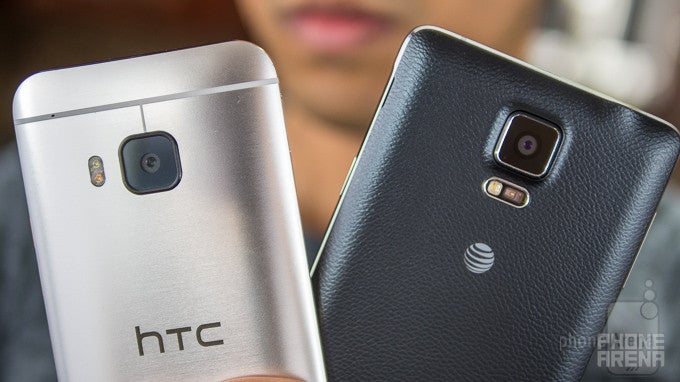
Introduction
Samsung capped the end of 2014 on a good note, as the Samsung Galaxy Note 4’s incredibly top-notch, all-around performance astounded many. It simply excelled in a lot of areas, giving all sorts of users, not just power ones, something that they can happily call perfect. From the specs, to its battery life, and fantastic camera, very few phones launched last fall could match the Note 4’s forward momentum.
Now that we’re very well into 2015, the HTC One M9 is one of the first flagship smartphones to arrive on the scene – where it hopes to enthrall and prove itself amongst its distinguished peers. Needless to say, it’s going to need to excel in several key areas if it is to have any chance of weakening the Note 4’s steam rolling momentum.
Design
Sammy’s new design language is evident in the Note 4, but HTC shows it’s still king amongst smartphone designs.
In looking at the two, the first thing to stand out is the disparity with their sizes – it’s just a handful to hold the Note 4, while the M9’s contoured casing and smaller footprint makes it easier to grasp. Additionally, there’s more of that premium quality and aesthetic attached to the M9’s design, which is something that translates over to giving it a sturdy construction as well. To be fair, the new design language of the Note 4 is a departure for Samsung, especially now that it’s sporting a metal trim bezel, but we wouldn’t go as far to say that it’s an overall better designed phone.
Each phone has their unique characteristics, but it becomes abundantly clear that the Note 4 simply has more features. Shared features between the two phones include the IR blaster and microSD card slot, that’s all! In terms of exclusive features, the Note 4 boasts a finger print sensor, heart rate sensor, removable battery, and an S-Pen stylus – while the M9 has dual front-firing HTC BoomSound speakers with Dolby Audio Surround support.
Display
Not only winning in the specs department, the Note 4’s display also bears the superior color qualities as well.
Of course, their overall size is dictated by their respective displays – so it’s no wonder why the Note 4 is the bigger sized between the two. What’s especially noteworthy, even a few months after it initially launched, is that the Note 4’s gigantic sized 5.5-inch 1440 x 2560 Super AMOLED display continues to be a darling in the space. By comparison, HTC decided to outfit the M9 with a more manageable sized 5-inch 1080 x 1920 S-LCD 3 display.
Obviously, the quad-HD resolution of the Note 4’s display gives it the higher pixel density count of 515 ppi, which is a step up over the M9’s tally of 441 ppi. Upon closer inspection, we can distinguish the Note 4’s superior detail, but in all fairness, when we look at the two from a normal distance, it’s tough to decipher the Note 4’s superior pixel density. 1080p resolution is more than effective, especially when it’s slapped on a 5-inch screen, but Samsung’s decision to push the limits is not only impressive, but a gesture that shows they want to make a long-lasting statement.
Details aside, there are more qualities that indicate to us that the Note 4’s screen is higher quality. In terms of color temperature, the Note 4’s value of 6650K is almost close to reaching that “ideal” reference value of 6500K – whereas the M9’s screen measures in at 8100K, giving it a colder tone.
Interface and Functionality
Design and simplicity is a staple of Sense 7.0, but TouchWiz continues to be a productivity beast for the Note 4.
TouchWiz has never been a customized Android experience thought to be visually pleasing, but where it lacks in that area, it makes it up tremendously in the features department. Conversely, though, HTC’s Sense 7.0 experience continues to take heart of having an interface that’s rich, modern, and downright appealing – the attention to detail is everywhere! Generally speaking, Android is known for its expansive level of personalization, but Sense 7.0 takes it to an unprecedented level, as various themes modify the look and feel of the UI – including things like the Android menu icons.
Functionally, Sense 7.0 takes the practical approach of being simple and straightforward, which is sensible for most people because all of its features help to enhance the experience, as opposed to overwhelm us. For example, we find stuff like its various Motion Launch Gestures and BlinkFeed to be quite useful.
However, the Note 4’s TouchWiz experience will appeal to users who prefer a higher degree of productivity and power. For one, we gain true multi-tasking with Multi-Window mode, which allows for the simultaneous use of certain apps side-by-side. Adding to that, the S-Pen proves invaluable for a variety of situations. From jotting down notes, to acting as a hovering cursor in the web browser, its usefulness is felt in many places.
Overall, it all boils down if you prefer Sense 7.0’s simple operation and meticulous modern design – or the Note 4’s incredible set of software tools.
Processor and Memory
The M9 is consistently snappy with its performance, whereas the Note 4 is unpredictable.
Being the newer product and all, the HTC One M9 benefits from having the latest piece of silicon from Qualcomm’s camp – a 64-bit base octa-core Snapdragon 810 chip with 3GB of RAM. Meanwhile, the Note 4’s quad-core Qualcomm Snapdragon 805 SoC with 3GB of RAM is still an impeccable and powerful processor.
Between them, however, we clearly experience a faster and snappier response with the M9, which can also be attributed to the enhancements made with Android 5.0 Lollipop. Even after a solid week of using the M9 for various things, its impeccable and speedy performance is unhindered – whereas with the Note 4, it definitely exhibits some lag at times. Its performance becomes unpredictable after using the handset for quite some time, but a quick restart normally corrects it.
Thankfully, both handsets come with a generous 32GB of internal storage, which can be supplemented by their available microSD card slots.
Internet and Connectivity
On the surface, we can’t complain about the web surfing experience on either device, as their experiences are complemented by their speedy page loads and buttery smooth navigational controls. Even with the common experiences, the Note 4 has some additional qualities worth mentioning that exemplify the experience more than on the M9. Firstly, the larger display of the Note 4 is advantageous – allowing more of a site to fit. Not only that, but its S-Pen adds some meaningful use as a pointing tool to hover over specific elements.
World travelers have nothing to fear, since both handsets are available as GSM models supported by the vast collection of GSM-based networks throughout the world – plus, they have similar LTE band support too. At the same time, too, they share the same set of connectivity features, which consist of aGPS with Glonass, Bluetooth 4.1, dual-band 802.11 a/b/g/n/ac Wi-Fi, NFC, and MHL.
Camera
There’s just no comparison, the Note 4’s camera blows the M9’s out of the water.
HTC desperately wants to be a contender in the camera smartphone space. With this year’s offering, they seemingly listened to the complaints about the M8’s “UltraPixel” camera – replacing it with a number crushing 20-megapixel snapper. In contrast, that’s a step up on paper to the Note 4’s 16-megapixel camera, but as we’ve seen countless times already in several of our own comparisons, the Note 4 has proven to be one of the best in its class.
Okay, so when it comes to outdoor performance, most people would have difficulty in distinguishing the stronger performer – more so when they’re both great for the occasion. In fact, they’re both properly exposed, exhibit similar color reproductions, and they’re generally detailed. However, if we’re to crop the same images, we notice that the Note 4’s shots generally produce a sharper look – drawing out the details in the shots.
Undoubtedly, the qualities between the two phones might be similar when lighting is in abundance, but we’re inclined to say that the Note 4 is a smidgen ahead. However, as we take them to places with less lighting, it becomes profoundly clear that the Note 4 is simply, utterly, superior – there’s just no comparison here. Whereas the M9’s set of photos are smudgy, noisier, and lack any meaningful detail, the Note 4 does a better job of minimizing its production under low light. What’s most obvious is that its compositions are generally sharper looking.
Naturally, this comparison shows that the M9’s camera just can’t touch the qualities produced by the Note 4. It’s a shame in a way, mainly because we expected better. To be fair, though, the M9’s front-facing UltraPixel 4-megapixel camera delivers better looking selfies than the Note 4’s 3.7-megapixel front snapper.
What about their video recording qualities? Seriously, the same results found with their still image performances apply to video recording as well. On a pleasant note, they offer 4K video recording, on top of the usual 1080p capture, but at the end of the day, there’s still no comparison because the Note 4 dishes up the superior qualities.
Multimedia
It’s an audio feast with the M9, but it’s more about the video for the Note 4.
Taking into consideration Sense 7.0’s attention to visual presentation, we’re more fascinated by the Sense music player than the TouchWiz one. There’s just this dynamic touch with it that makes it more visually attractive than TouchWiz. Even though the Note 4’s single speaker produces an ear blowing 85 dB of power, which is better than the M9’s tally of 72.8 dB, it lacks any depth to give its quality some punch. Fortunately, the dual front-firing HTC BoomSound speakers on the M9 have greater fidelity when its Dolby Audio Surround sound is enabled.
Well, it’s made more profound when watching video, as the speakers of the M9, which project audio towards us, offer greater depth tone than the Note 4. Still, we can’t deny that the Note 4 is fantastic for watching videos as well – thanks partly to the display’s vibrant look and immense size. However, the added level of multi-tasking offered by the Note 4’s experience gives it more versatility than the M9’s experience.
Call Quality
The Note 4 is good, but the M9 is nearly perfect.
Phone calls are handled exceptionally by these two flagships, mainly due to their stronger earpiece performances, which is made better by the clear and distinct voices heard through them. Switching to the speakerphone, however, we prefer going with the M9 because the Note 4’s speakerphone is mostly thin sounding.
Battery
The Note 4 simply last longer with its battery.
When it comes to battery longevity, you won’t be disappointed by the Note 4. Indeed, it’s packing along the larger capacity 3220 mAh battery, versus the M9’s 2840 mAh one, but we should also note it’s removable – thus, allowing users to swap it for another freshly charged one.
Beyond that, our battery benchmark test reveals that the M9 can’t come close to matching the Note 4’s longer battery life. To be exact, the Note 4 reaches an admirable mark of 8 hours and 43 minutes with a full charge – while the M9 sputters out completely after 6 hours and 25 minutes.
Conclusion
Generally speaking, the newer product generally receives more attention from critics and consumers alike. After diving deep into this comparison, it reveals that’s not quite the case all the time, as the Samsung Galaxy Note 4 seems to deliver a better overall package than the newer HTC One M9.
In terms of design, we’ll give HTC credit for having the more beautiful looking smartphone – thanks in part to its premium aesthetics, solid construction, and easier handling with one hand. On top of that, the same level of attention is placed in the look, feel, and operation of its HTC Sense 7.0 experience. However, that’s pretty much where the fun ends for the M9, since it’s manhandled in several other categories by the Note 4.
Power users will undoubtedly prefer the Note 4, especially when TouchWiz offers a great deal of productivity tools and multi-tasking to handle your needs on the go. Also, its camera continues to amaze with its outstanding performance in all sorts of conditions, especially with low lighting and video capture. And to top it off, its battery life is simply longer than that of the M9 – plus, it helps that it’s user replaceable too.
Pricing, though, favors the HTC One M9 whatever route you decide to go with – whether it’s with a contract or buying outright. Here in the US, the M9 will more than likely require you to dish out $200 with a 2-year contract, which is the usual price attached to most flagships. As for the Note 4, however, you’ll pay more at $300. Despite the $100 difference in price, it’s something we’d happily pay for because the Note 4 is such an incredible smartphone packed with solid performances and rich features.
Follow us on Google News

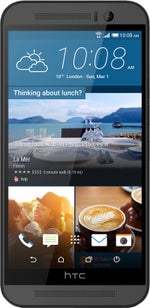
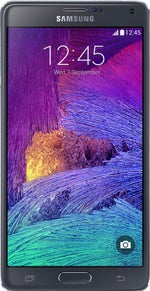








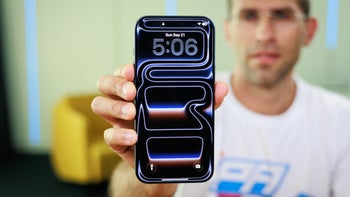
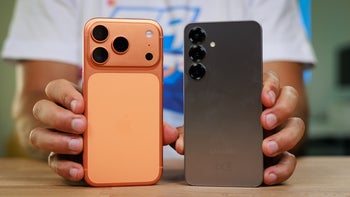
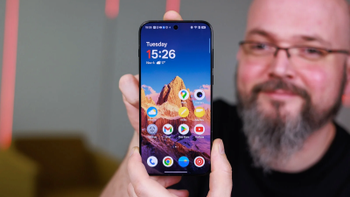
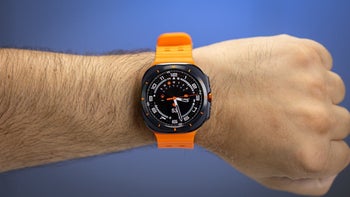

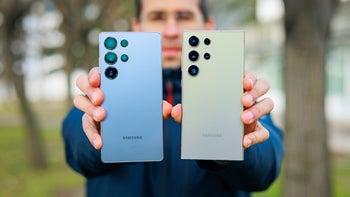

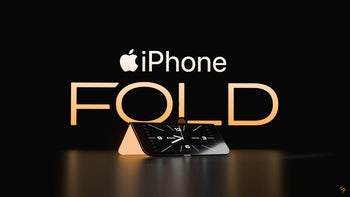
![A new Android bug is making it impossible to install new apps. Are you affected? [UPDATE]](https://m-cdn.phonearena.com/images/article/176703-wide-two_350/A-new-Android-bug-is-making-it-impossible-to-install-new-apps.-Are-you-affected-UPDATE.webp)
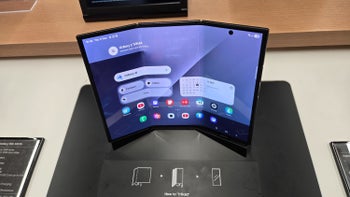
Things that are NOT allowed:
To help keep our community safe and free from spam, we apply temporary limits to newly created accounts: